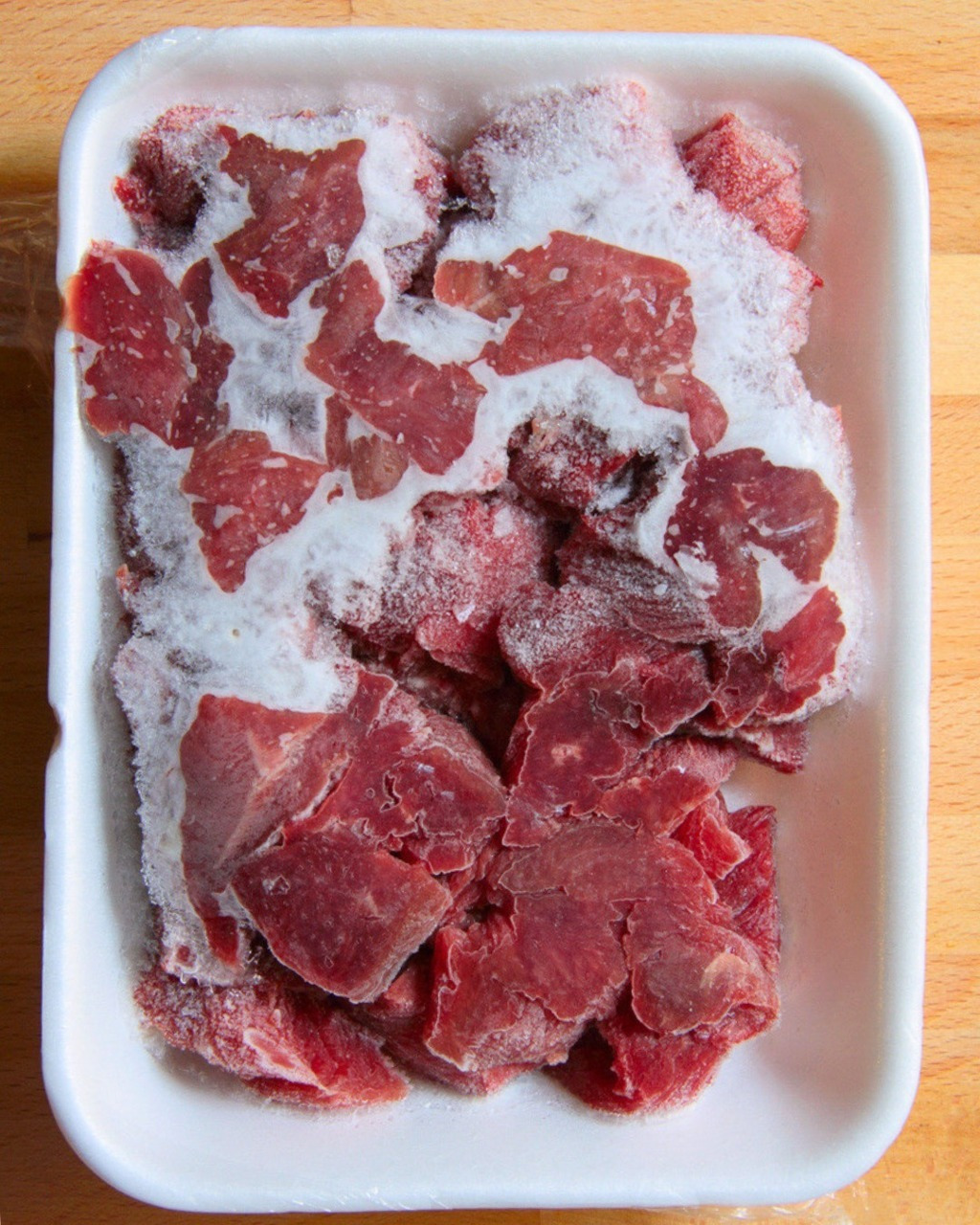ADVERTISEMENT
The Correct Methods for Defrosting Meat: Ensuring Safety and Quality
When it comes to defrosting meat, many people don’t realize that doing it incorrectly can not only impact the flavor and texture of your meal but also pose serious health risks. Improper defrosting can cause bacteria to grow, leading to foodborne illnesses. To ensure that your meat defrosts safely while retaining its quality, it’s essential to follow the correct methods.
In this article, we’ll walk you through the best ways to defrost meat, so you can cook your favorite dishes with confidence, knowing that your food is both safe and delicious.
Why Defrosting Meat Properly Is Important:
- Safety First: When meat is left at room temperature for too long, bacteria like Salmonella and E. coli can multiply rapidly. These bacteria can cause food poisoning, leading to symptoms such as stomach cramps, vomiting, and diarrhea.
- Maintains Quality: The way you defrost meat affects its texture, flavor, and overall quality. Thawing meat improperly can cause it to become mushy, dry, or less flavorful.
- Prevents Cross-Contamination: Improper defrosting methods, such as thawing on the countertop, can spread bacteria to other surfaces in your kitchen, increasing the risk of cross-contamination.
Now let’s explore the best methods for defrosting meat, keeping both safety and quality in mind.
1. Refrigerator Thawing (Best Method)
Refrigerator thawing is the safest and most reliable way to defrost meat. It keeps the meat at a consistent, safe temperature while thawing, preventing harmful bacteria from multiplying.
How to Do It:
- Plan Ahead: Refrigerator thawing takes time. Depending on the size and type of meat, it can take anywhere from several hours to a few days to thaw completely. For example, a small chicken breast may thaw in 24 hours, while a large roast could take several days.
- Keep Meat in a Tray or Dish: Place the meat in a tray or dish to catch any liquids that might leak out, preventing contamination of other foods in the fridge.
- Temperature: Ensure your refrigerator is set to 40°F (4°C) or lower to keep the meat at a safe temperature during thawing.
- Cook Within 1-2 Days: After thawing in the refrigerator, meat should be cooked within 1-2 days, especially for poultry, ground meat, and seafood.
Why It Works:
- It keeps the meat at a safe temperature (below 40°F) throughout the entire thawing process.
- This method allows the meat to retain its moisture and texture, maintaining its overall quality.
- It provides ample time to plan meals, as the meat can be kept in the fridge for a short period after thawing.
2. Cold Water Thawing (Faster Method)
If you don’t have time to wait for refrigerator thawing, cold water thawing is a faster option that can still be safe when done correctly. This method works well for smaller cuts of meat or individual portions.
For Complete Cooking STEPS Please Head On Over To Next Page Or Open button (>) and don’t forget to SHARE with your Facebook friends
ADVERTISEMENT
ADVERTISEMENT
